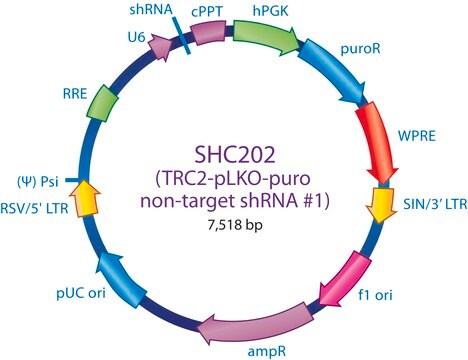780200C
Avanti
16:0 PE MCC
1,2-dipalmitoyl-sn-glycero-3-phosphoethanolamine-N-[4-(p-maleimidomethyl)cyclohexane-carboxamide] (sodium salt), chloroform
Synonym(s):
1,2-dihexadecanoyl-sn-glycero-3-phosphoethanolamine-N-[4-(p-maleimidomethyl)cyclohexane-carboxamide] (sodium salt)
About This Item
Recommended Products
assay
>99% (TLC)
form
liquid
packaging
pkg of 1 × 2.5 mL (780200C-25mg)
manufacturer/tradename
Avanti Research™ - A Croda Brand 780200C
concentration
10 mg/mL (780200C-25mg)
application(s)
advanced drug delivery
shipped in
dry ice
storage temp.
−20°C
General description
Application
- in the preparation of liposomes for conjugation with human immune deficiency virus (HIV-1) envelope glycoprotein trimers
- in the preparation of oligonucleotide-modified vesicles
- in the functionalization of the flat silicon wafers
- in lipid vesicle preparation
Biochem/physiol Actions
Packaging
Legal Information
signalword
Danger
Hazard Classifications
Acute Tox. 3 Inhalation - Acute Tox. 4 Oral - Carc. 2 - Eye Irrit. 2 - Repr. 2 - Skin Irrit. 2 - STOT RE 1 - STOT SE 3
target_organs
Central nervous system
wgk_germany
WGK 3
Certificates of Analysis (COA)
Search for Certificates of Analysis (COA) by entering the products Lot/Batch Number. Lot and Batch Numbers can be found on a product’s label following the words ‘Lot’ or ‘Batch’.
Already Own This Product?
Find documentation for the products that you have recently purchased in the Document Library.
Our team of scientists has experience in all areas of research including Life Science, Material Science, Chemical Synthesis, Chromatography, Analytical and many others.
Contact Technical Service









